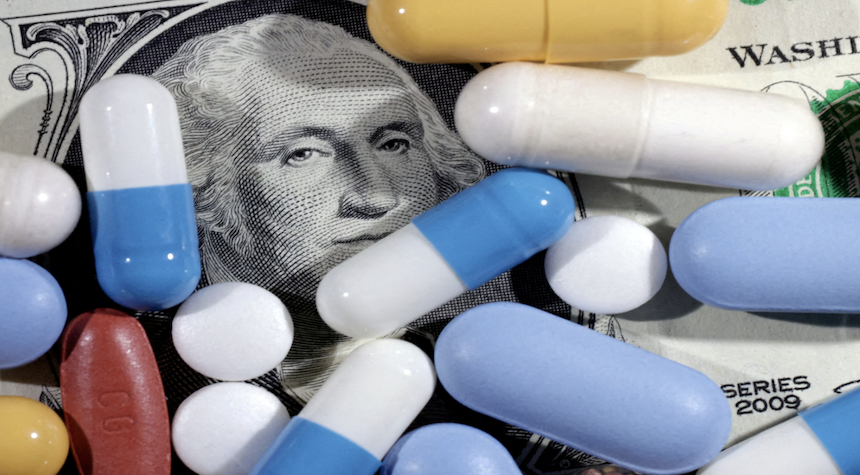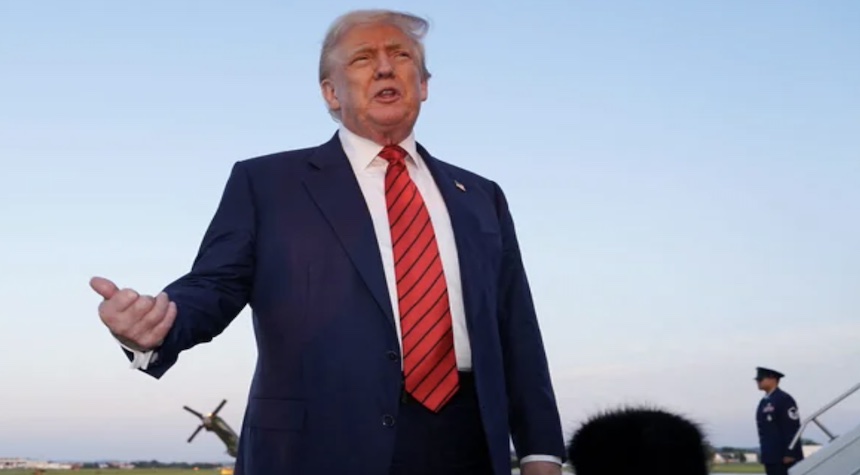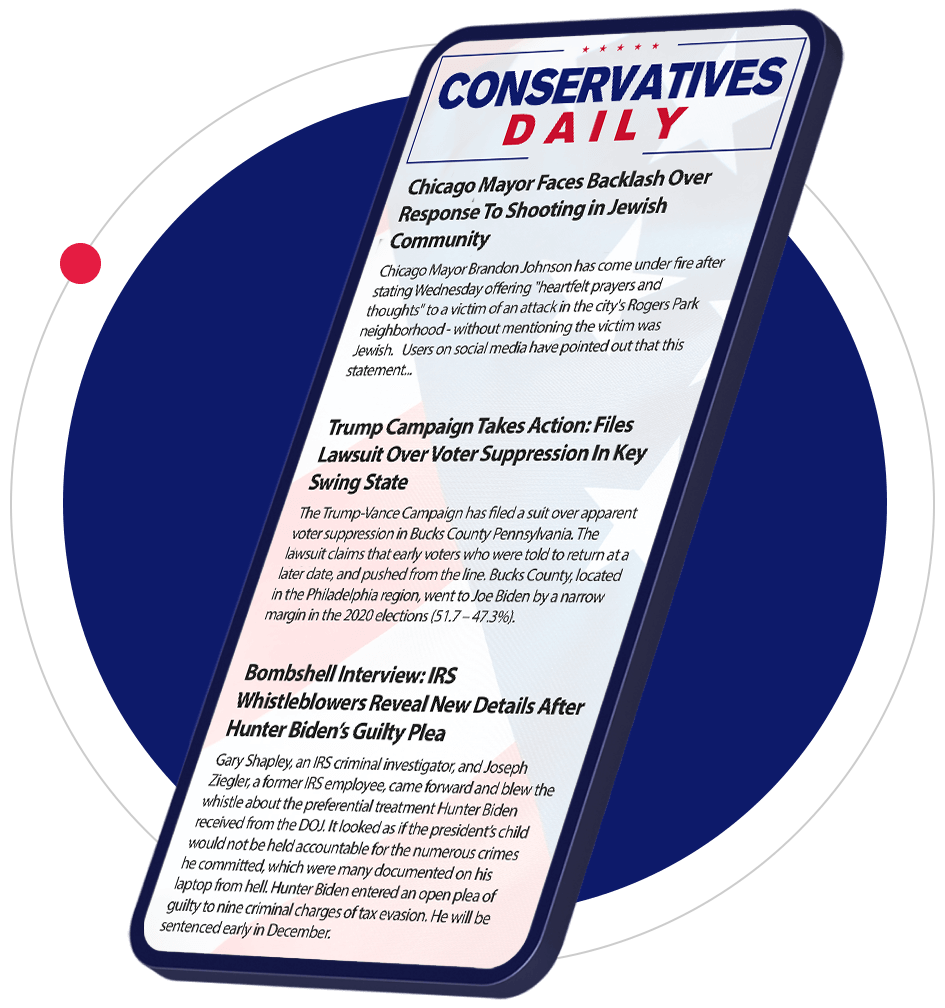President Donald Trump has announced plans for substantial tariffs on pharmaceutical imports, potentially reaching as high as 250 percent. This development comes amidst ongoing efforts by the administration to address prescription drug costs in the United States.
The President stated in a recent CNBC interview that these tariffs could be announced “within the next week or so.” The proposed measures would begin with a small tariff, gradually increasing for 12 to 18 months to reach the maximum rate.
The President has characterized these pharmaceutical tariffs as part of an “excluded class,” distinct from the 15 percent tariffs applied to other imports. The stated goal is to encourage domestic production of pharmaceuticals, a move that raises important questions about supply chain dynamics and potential impacts on drug prices.

President Trump sent letters to the chief executives of 17 major pharmaceutical companies, urging immediate action to lower prescription drug costs. The companies have been given until September 29 to respond with binding commitments.
Over the past six months, some pharmaceutical companies have announced new U.S. investments, potentially in response to administration pressure. However, industry leaders have expressed concerns that tariffs could increase costs and disrupt drug supply chains.
This move is part of a series of executive actions aimed at reducing drug prices. In May, the President signed an order reviving the “most favored nation” policy, which aims to align U.S. drug prices with lower prices abroad. The effectiveness and implementation of these measures remain to be seen.
The facts suggest a complex situation with potential far-reaching consequences for the pharmaceutical industry and American consumers. As this story continues to unfold, it will be crucial to monitor the responses from industry leaders, healthcare experts, and policymakers.


